Search Results for 'Urban Council'
6 results found.
The Galway national shell factory
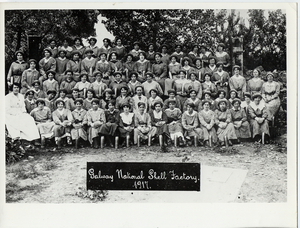
During the First World War, towns and cities throughout Britain and Ireland had factories producing munitions for the battlefield. Galway was not one of these locations and indeed many Galwegians were travelling to the UK to work in these factories. There was a lot of criticism over this and so the members of the Urban Council and some local industrialists began a lobbying campaign to attract such an industry to the city. It would create employment and would be beneficial to the community.
Edward VII in Galway, 1903
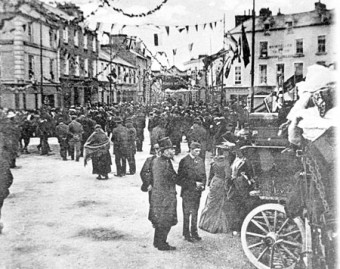
At the beginning of the last century, the Prince of Wales would have been one of the most famous personalities known to most Irish people. He had been to County Galway on a few occasions hunting, but when it was announced he was going to make an official visit, it aroused very mixed emotions. There were a lot of objections locally, led by an umbrella group known as the National Council. They disrupted preparatory meetings by shouting and heckling. Nationalists were not impressed either and other objectors included Edward Martyn, WB Yeats, Maud Gonne, and George Moore.
One hundred years of St Bridget’s Terrace
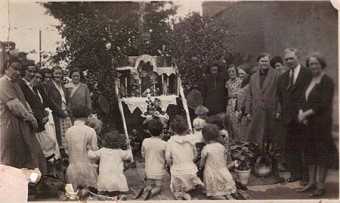
There can be few streets in this country that are as well documented as St Bridget’s Terrace. It was built 100 years ago on St Bridget’s Hill. The hill overlooked the town and was of great strategic and military importance. Both the Cromwellian and Williamite armies camped there when attacking Galway. During the 17th century, the hill was known as ‘Gottyganavy’. In 1710 the name had evolved to ‘Knocknegany’ and on Logan’s 1818 map of the city, it is depicted as Cnoc na Gainimhe (the Hill of Sand, or Sandpit Hill).
Swimming and diving at Blackrock
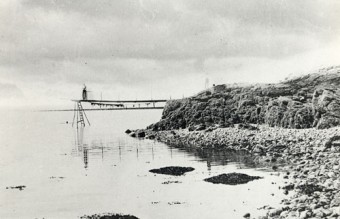
You can see from this turn of the century photograph why this area of Salthill would be known as Blackrock. Up until about that time there was a great tradition of fishing here. There was a small cluster of fishermen’s thatched cottages at Blackrock until the night of the Big Wind, when they were all literally blown away by the storm and the tide, forcing the occupants to move further inland.
Lord Dunkellin’s statue
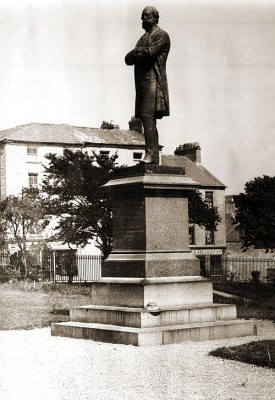
In 1873 this imposing statue was unveiled in Eyre Square in honour of Lord Dunkellin, son of Lord Clanricarde and heir to the family estates. He had a distinguished military career before being elected MP for Galway City in Parliament. He held the seat for eight years before being elected for the county in 1865. He died in 1867. There was a very large gathering in the Square on the day of the unveiling with lots of toasts and speeches. The sculpture was a very fine one by the distinguished artist John Henry Foley.
Johnny Mee is honoured as Castlebar’s first Freeman
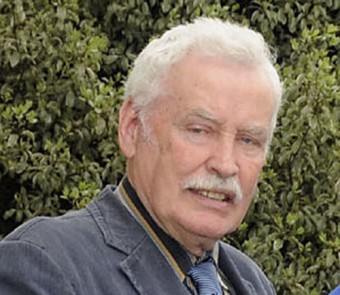
For the first time in history the honorary freedom of Castlebar was bestowed on one of its greatest sons last night. Johnny Mee, who has served the town as a town and county councillor for over three decades, as well as through numerous voluntary organisations such as Western Care, was awarded the honour after he announced his retirement from politics earlier this year.

